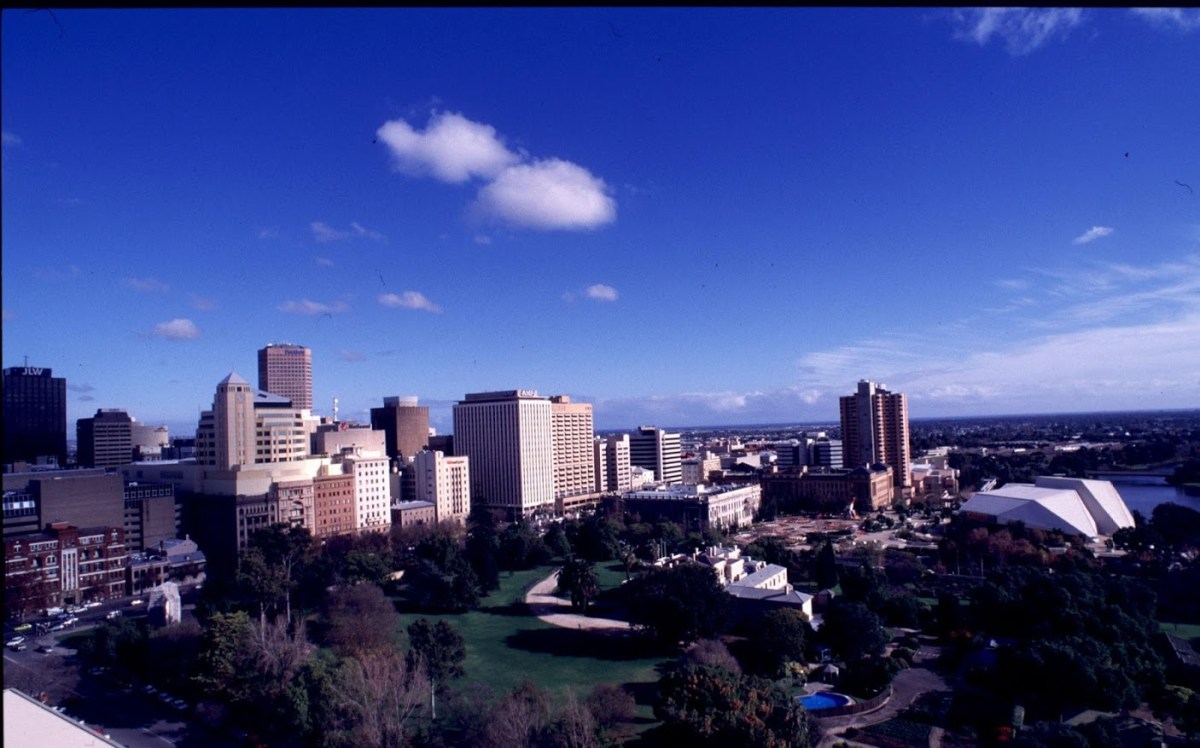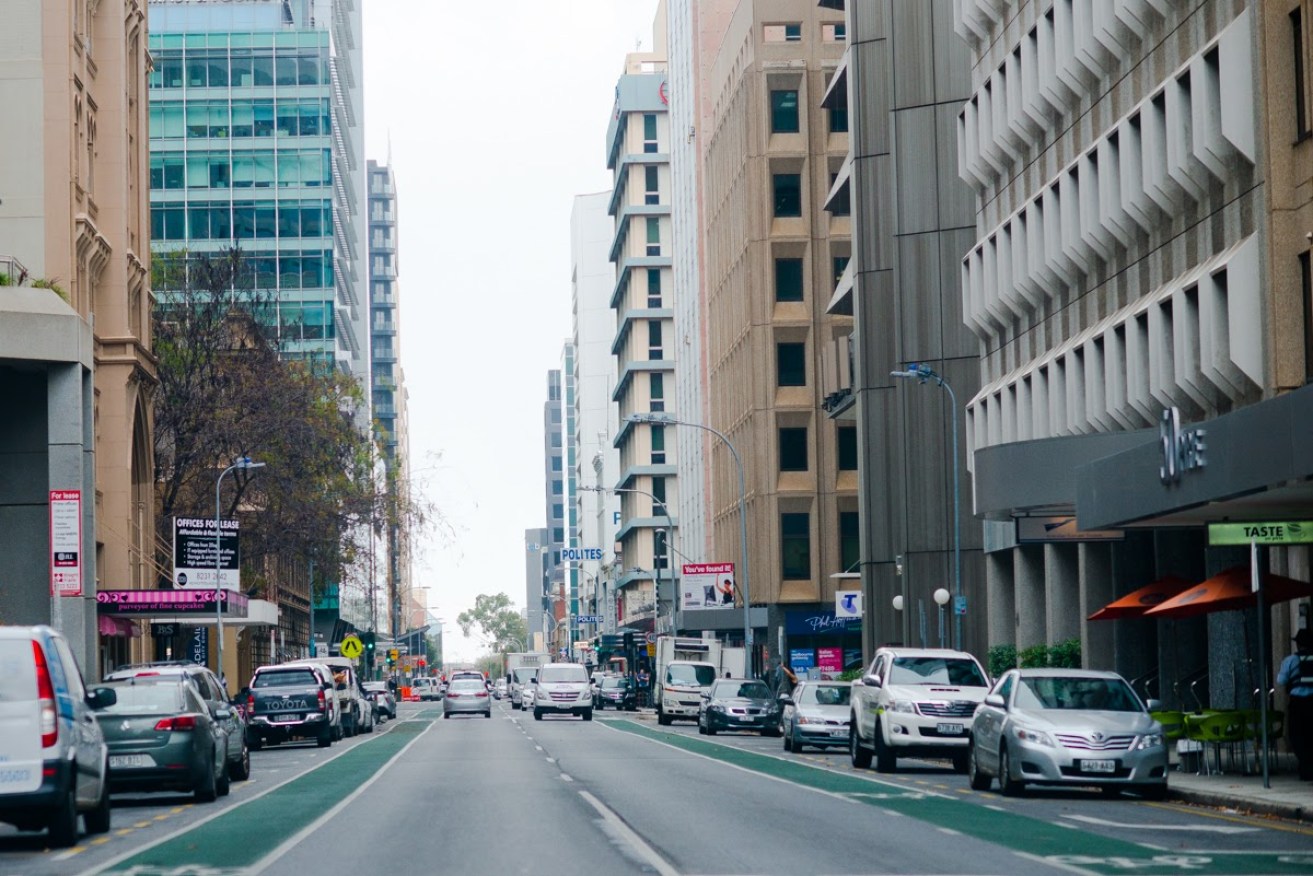There is a disturbing truth underlying the recent draft report of the Electoral Districts Boundaries Commission.
Of course, the cries of “gerrymander” and the emotive issue of the electoral map’s ingrained and traditional “bias” against Liberal Party – indecorously described as “bullshit” by onetime party leader Iain Evans this week – lead the debate.
That issue puts the metropolitan boundaries firmly in the spotlight.
But it was clear to those following the process that the commission was just as concerned by the regional boundaries, albeit for different reasons.
“The issue of falling numbers in the country regions is one that continues to trouble the commission,” the draft review noted.
“If the population decline continues, then it is likely that the commission will need, in the future, to consider again reducing the number of members representing the area and to consider splitting Port Augusta [between two seats].”
In the meantime, the commission chose to address the issue of declining rural numbers by rejecting the argument that there is a constitutional imperative to ensure each seat has roughly the same number of electors.
The Constitution Act, the report argues, “does not require each electoral district to have the same number of electors or require the commission to keep the numbers within each district as close as possible to the quota”.
The much-argued “one vote, one value principle”, it says, is enshrined only to the extent of having to ensure numbers within each electorate remain within 10 per cent, either way, of a projected quota of 25,090.
“By providing for a 10 per cent tolerance from the ‘electoral quota’, parliament has recognised that absolute equality of electors between electoral districts is impractical,” the commission argues.
This resolution ticked off the Labor Party, whose state secretary Reggie Martin bemoaned that “it is disappointing that Labor seats are on average above quota and Liberal seats are on average below quota”.
“The ALP argued strongly… that the state electoral system should not regress to a situation where the votes of voters in Labor seats are worth less than the votes of voters in Liberal seats,” he said in a statement.
The alternative, of course, is the one mooted yesterday in a federal parliamentary library discussion paper – that one of South Australia’s 11 federal seats could be abolished.
While the state’s electoral commission is legally bound to review the electoral map after each election, the Australian Electoral Commission does so every seven years, based on ABS population data.
The research paper published yesterday suggests that SA’s population will no longer justify 11 electorates when the next national poll comes around.
“Based upon these projections, the author expects South Australia will lose a division,” it concluded.
Of course, there was predictable hand-wringing about a loss of representation – not to mention a fair degree of nervousness among the state’s lower house MPs, one of whom may not even get the chance to recontest his or her seat.
Moreover, a single seat is hardly inconsequential – it is, after all, the sum total of Malcolm Turnbull’s parliamentary majority.
But the psephological woes facing SA are merely a symptom of a broader malaise.
The Government yesterday released its updated 30 Year Plan draft, which confirmed what InDaily first reported in May: that the state’s maximum projected population growth for the next generation will be 545,000 people – 15,000 fewer than that predicted in 2010, when population growth was a feature of Mike Rann’s State Strategic Plan.
The state is growing, but it is shrinking relative to the rest of Australia.
Most crucially, the Liberals haven’t been within a cooee of a two-party majority since the state election
There is an inextricable correlation between population size and jobs.
Thus, if the Weatherill Government – which constantly tells us how preoccupied it is with finding solutions to the state’s unemployment angst – tells us it predicts slower than expected population growth, it is tacitly conceding that jobs growth will similarly stagnate.
Put simply, a plan to grow the population is a fundamental part of a plan to grow jobs – and the Government has no such plan.
The Premier said explicitly so himself when he stepped into the role, conceding population growth was no longer a specific priority in itself.
You will find no mention of it in Weatherill’s 10 economic priorities.

Adelaide’s population is growing more slowly than the rest of the nation.
Not that we’ve heard much from the Opposition on the subject, despite migration agent Mark Glazbrook – a Liberal Party member – raising the alarm with the Government earlier this month.
Which is a shame, since the Liberals – as ever – must start pushing a positive policy agenda if they’re any hope of making headway after yet another prospective slap in the face from the boundaries commission.
As Evans noted this week, the commission itself concedes that the odds are inherently stacked against the Liberals.
“We are satisfied on the basis of the evidence and submissions before us, and having regard to election results over the last 40 years, that there is an innate imbalance, against the Liberal Party, caused by voting patterns in South Australia superimposed upon successive redistributions,” it concludes.
The imbalance is “of long-standing”, manifested “in the two-party preferred votes ratio against seats won” and was noted as far back as the 1991 commission’s report, which pointed out “it has been more difficult for the Liberal Party than for the Labor Party, even since the 1975 amendments to the Constitution, to gain the same number of seats with a given percentage of the popular vote”.
“This disadvantage arises from a number of factors peculiar to SA, which combine to isolate large surpluses of conservative rural votes in ‘enclaves’,” the 1991 report said.
Nonetheless, the recent draft report continues a long-standing tradition of concluding that the inherent imbalance “is but one factor at play in any given election result”.
“It has often been acknowledged by the commission that it has no control over the way in which campaigns are waged, the quality of candidates, the allocation of resources, or indeed the issues which are topical at the time,” it noted, repeating a phrase that has appeared in much the same guise in successive redistribution reports, and which invariably raises Liberal Party hackles.
In other words: it’s not our job to win the election for you!
The 1991 commission addressed the historic imbalance, as InDaily reported in June, by creating the regional seat of Frome as a bellwether electorate.
The irony, of course, is that Rob Kerin’s premature retirement saw that seat go to independent Geoff Brock – who now sits in the Weatherill cabinet.
Perhaps then, it has become the ultimate bellwether – the seat that proves the broader electorate is tired of both major parties.
While the current commission attempts to address the imbalance, it did not accept the broadly held view of its extent.
It seems to agree with Labor that the Liberals might have pumped up their two-party vote through over-resourcing in seats they already held, and notes a “potential for double-counting where the Liberal Party takes the benefit of the flow of preferences upon a re-throw in the seats won by independents, for example in Frome, yet resists the placement of those seats on the Liberal side of the pendulum”.
Crucially, the commission concluded that the Liberals’ statewide vote was not, as often stated, 53 per cent – but rather 51.8.
Thus, the relatively minor compensation was to effectively give the Libs Mawson and Elder, and argue that they will win a slender majority in 2018 – but only if their 2014 statewide vote, of 51.8 per cent, holds up. And only if they manage to reclaim one of the two seats held by Brock or Martin Hamilton-Smith.
There are several concerns for the Liberals in all this.
One, it does not take into consideration the benefits of incumbency in the two Labor-held seats redistributed into nominally marginal Liberal ones.
Two, the Liberals are no guarantee to win either Frome or Waite from Brock and Hamilton-Smith – although I think they will, given an expected backlash from conservative constituents incensed that their local MPs have backed the wrong horse.
And most crucially, three: the Liberals haven’t been within a cooee of a 51.8 per cent two-party majority in any published Newspoll since the state election.
In fact, they’ve been behind in the two-party vote in every poll since July 2014, never once returning a result higher than 49 per cent.
On that basis, they appear no chance of forming Government – unless something changes politically.
The soaring unemployment rate that the Liberals so loudly lament is, ironically, the Opposition’s best chance to leave the political wilderness.
The jobless rate is Labor’s Achilles heel.
And the population forecast suggests it will remain SA’s enduring legacy for years to come.
The 30 Year Plan carries an ominous warning for SA, and a clear message for the Opposition – which needs to create its own plan. Not for 30 years. Just one.
Otherwise it might as well start preparing its submission for the 2020 boundaries review right now.
Tom Richardson is a senior reporter at InDaily.





